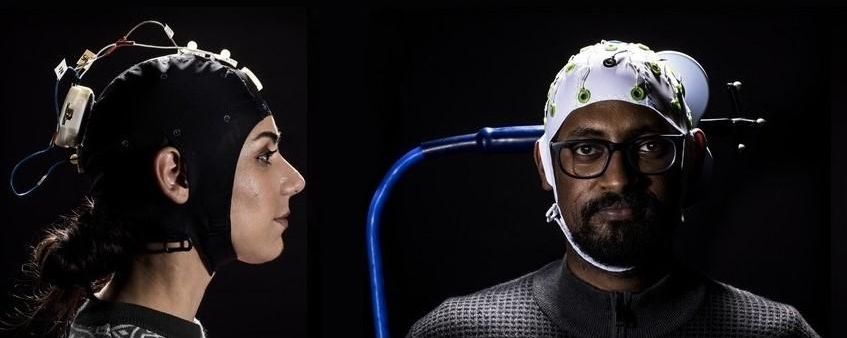Jul 3, 2019
Humans don’t actually want to be immortal, we just want to be forever young
Posted by Derick Lee in categories: biotech/medical, life extension
For a personal sense of wellness, we may still be better off thinking of aging as an inevitable process with certain positive aspects—like additional wisdom accumulated through experience—rather than a sickness we hope to eradicate. If the many startups working on extended youth and anti-aging endeavors actually manage to create a magic potion that keeps us forever young, then someday we may get the chance to think about what, if anything, humanity loses when it finally finds the fountain of youth.
Aging has come to be seen as a disease we should be preventing.

















